The National Weather Service (NWS) runs a system of WSR-88D Doppler radars across the USA, Guam and Puerto Rico. On our local northern California maps we often see a bright cluster of precipitation over Rio Vista CA, often on a sunny day with no rain. I’ve always thought that this was due to some local phenomena like river or thule fog in that area, as Rio Vista sits on the Sacramento River delta, above the junction of the San Joaquin river.
An internet search turns up that it is indeed a local phenomena, but it is due to the large wind farm close to Rio Vista.
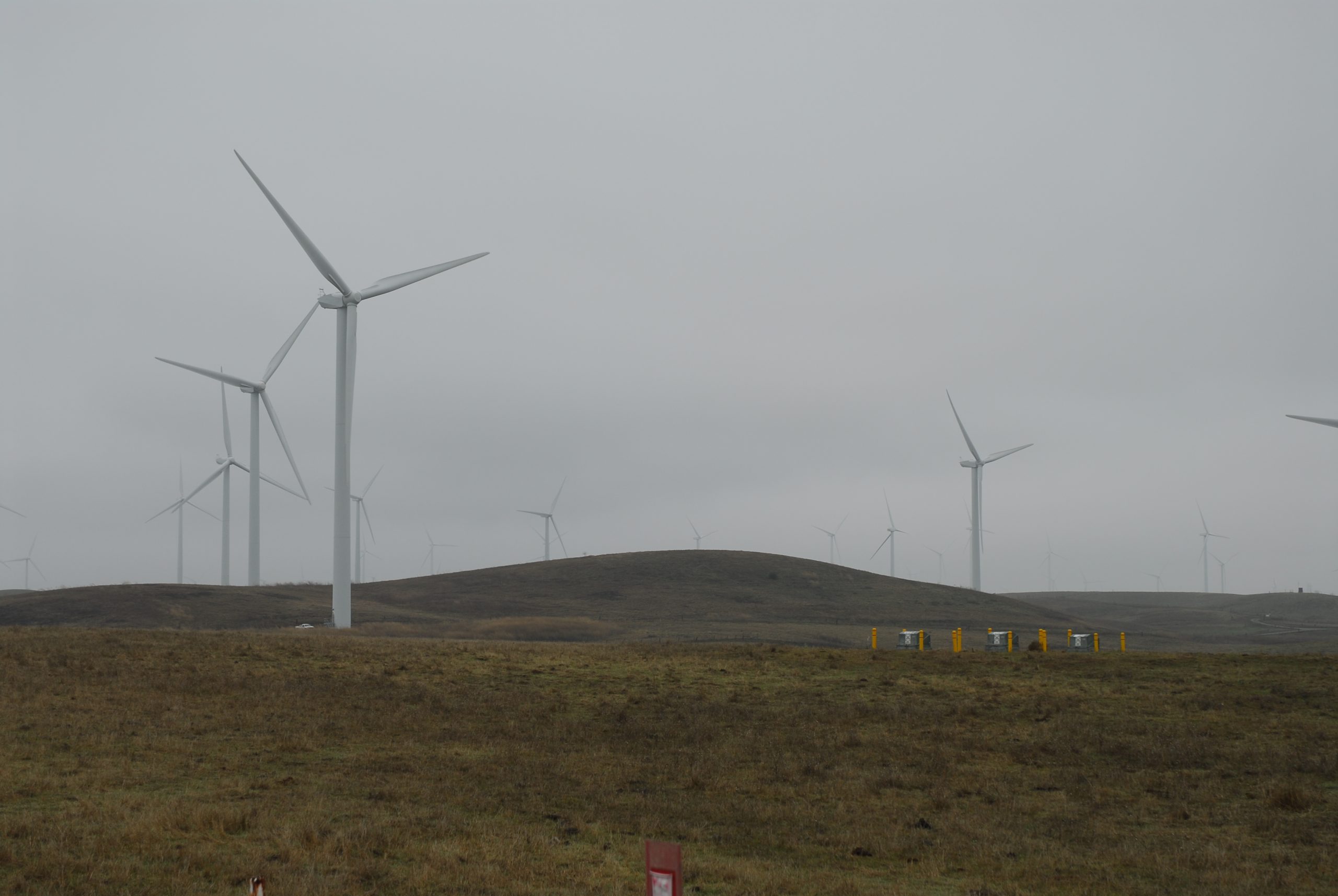
Wind Farm near Rio Vista CA
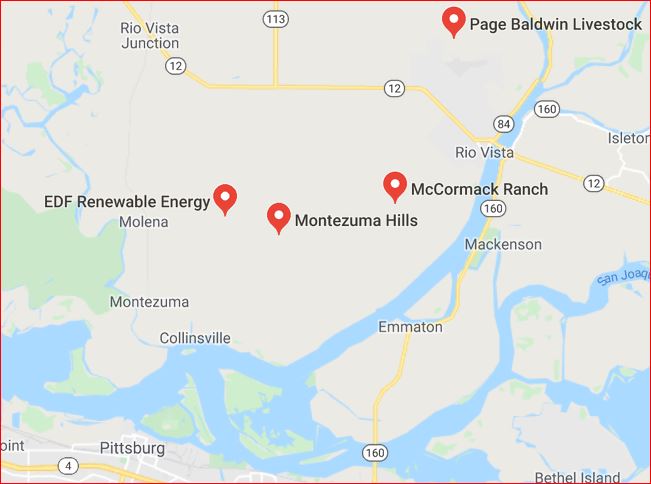
Rio Vista Wind Farms – Google Maps 12-2019
This slightly out-of-date website (2013) Watts Up With That – NWS Radar and Wind Farms explains some of the causes of the interference.
Wind farms impact radars in several ways, especially whenever the wind turbine blades are in motion and located within the radar’s line of sight. The turbines can block a significant percentage of the radar beam and decrease the radar signal power down range of the wind farm, particularly if the wind farm is within a few miles of the radar. The wind farm can reflect energy back to the radar system and this appears as clutter or false reflectivity data.
The NWS Radars we use locally are located at Beale AFB (KBBX), north of Sacramento, outside of Sacramento (KDAX), and San Francisco/Monterey (KMUX). KDAX and KMUX show what appears to be a heavy rain fall near Rio Vista when the wind is blowing strong enough to activate the wind farm rotors yet no rain is occurring.
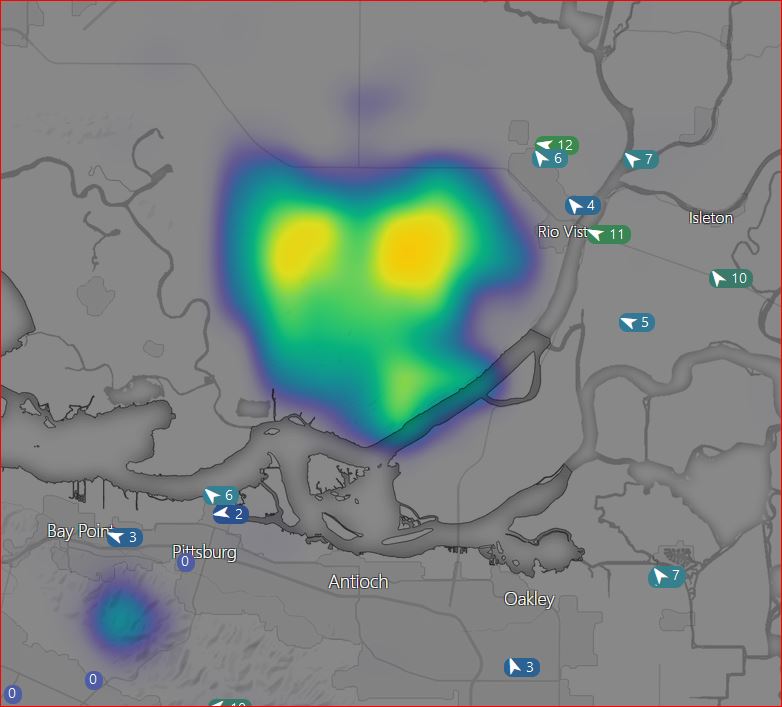
While this screen grab was made during an approaching storm when the turbines were operating yet no rain was in the area (12/06/2019).
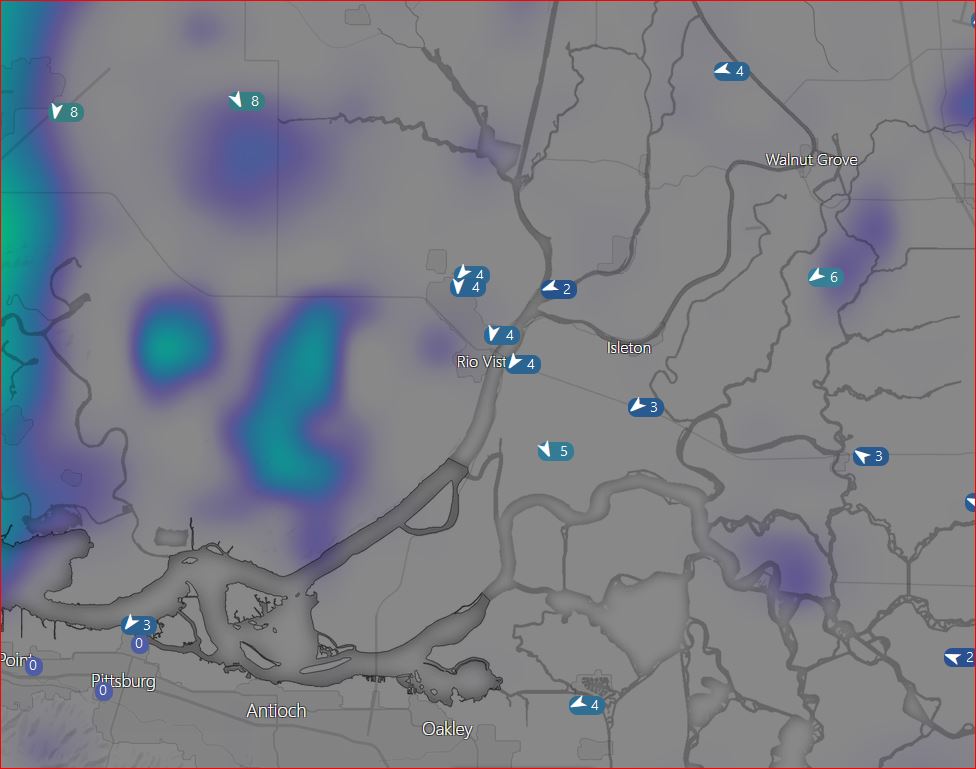
This image shows no reflectivity when there is low wind over the delta, the turbines are not moving and no rain in the area.
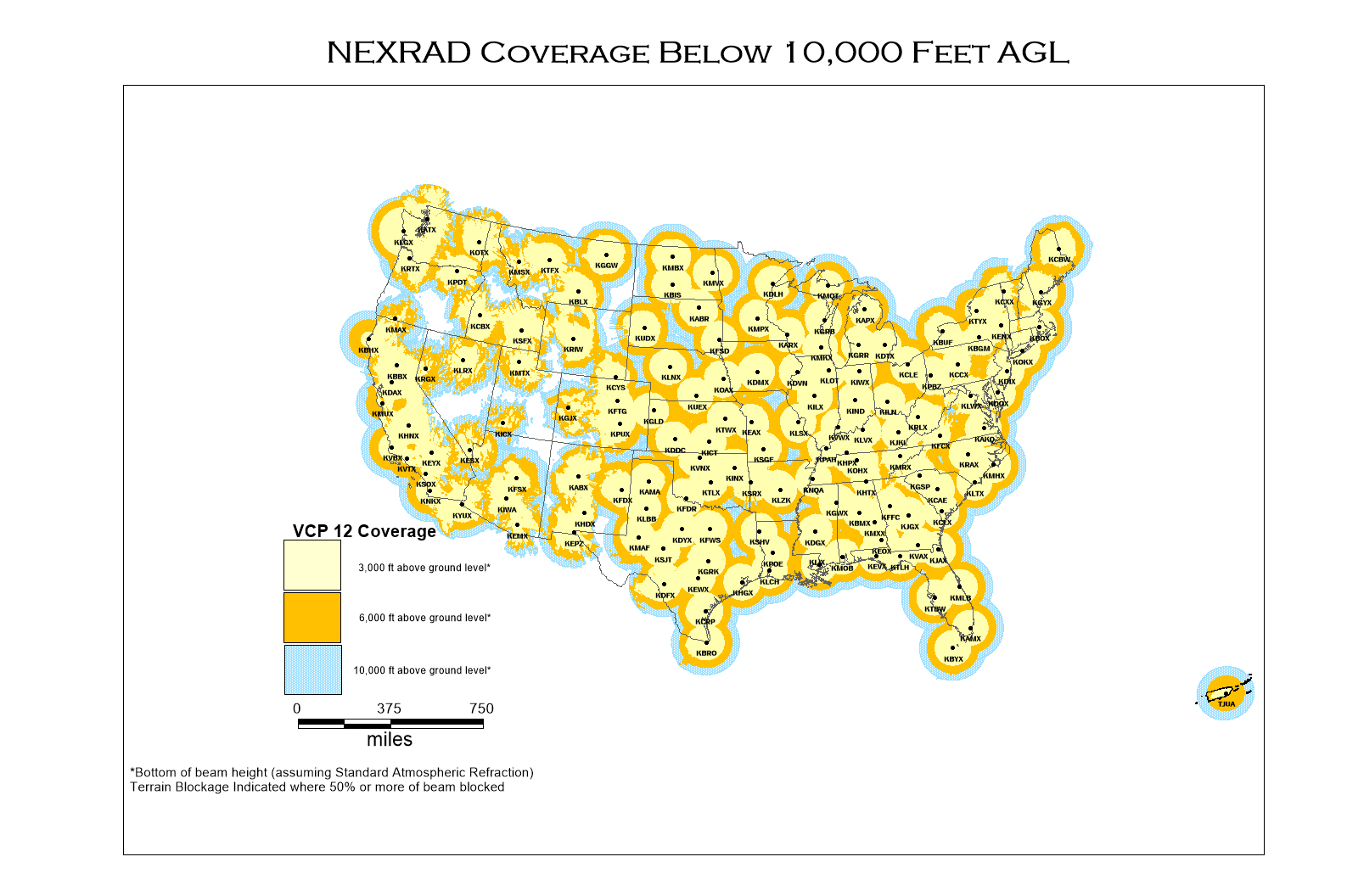
NEXRAD and TDWR Radar Locations
HOW ROTATING WIND TURBINE BLADES IMPACT THE NEXRAD DOPPLER WEATHER RADAR
Comparison of Wind Energy Impacts with Other Radar Interference Issues
Emily P.
Interesting! It would certainly make sense that the turbines would affect the radar. Just last month, you may have heard that a “slow-moving blob” appeared on the radar monitoring the airspace over the White House. It was thought to be a potential security threat, but afterward there was some speculation that it may have been a flock of birds.